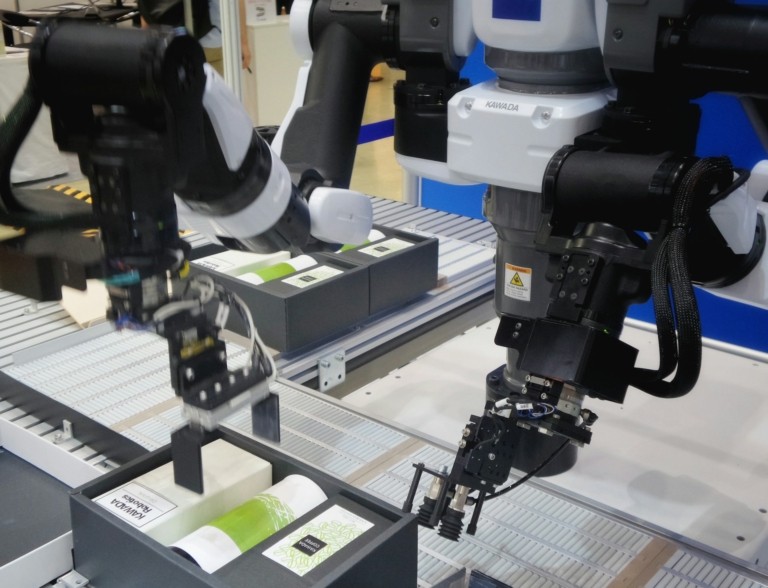Motion control, a critical element of industrial automation, is the technology that governs the movement of machines and robots. It’s the brains behind the brawn, enabling precise and repeatable movements, crucial for achieving high levels of efficiency and accuracy in manufacturing processes.
How does it work?
At its core, motion control relies on a combination of hardware and software.
- Controllers, often microprocessors or programmable logic controllers (PLCs), act as the decision-makers, receiving instructions and translating them into precise movements.
- Actuators, such as motors, hydraulic cylinders, or pneumatic systems, execute these instructions, physically moving the machinery.
Types of Motion Control
There are several types of motion control systems, each suited for different applications:
- Point-to-Point: This simplest form of control moves a machine from one fixed point to another, often used in pick-and-place applications.
- Continuous Path: This more complex system allows for smooth, continuous movements along a predefined path, ideal for tasks like welding or painting.
- Synchronised Motion: This advanced control enables multiple machines to move in coordination, ensuring synchronized operation for complex tasks like assembly lines.
- Linear Motion: This type of control focuses on straight-line movements, often using linear actuators or guide rails. It’s commonly used in applications like conveyor systems, sliding doors, and linear positioning stages.
- Rotary Motion: This type of control deals with rotational movements, often using motors or gearboxes. It’s essential for tasks like turning wheels, rotating spindles, and controlling robotic joints.
What are the Applications of Motion Control?
Here are seven major industries that are applying motion control:
- Aerospace: Motion control plays a crucial role in aerospace, powering positioning and navigation systems. It ensures the accurate handling and deployment of components in spacecraft and aircraft, contributing to safety and efficiency.
- Automotive: Motion control is integral to automated assembly lines in the automotive industry. It ensures that parts are assembled with high precision, leading to improved vehicle quality and reliability.
- Healthcare: Motion control is critical in healthcare, powering surgical robots and diagnostic equipment. This precise control enhances the outcome of medical procedures, improving patient care while minimising risks.
- Manufacturing: Motion control systems are the backbone of modern manufacturing, streamlining production lines. This could enhance the precision of assembly processes, minimising errors and reducing downtime.
- Packaging: Motion control systems are essential for high-speed, precise handling of goods in packaging. This technology improves packaging efficiency, reduces material waste, and ensures consistent product presentation.
- Printing: Motion control systems help maintain high-resolution output in printing by controlling the precise movements of printing heads. This technology is essential for achieving high-quality prints, from everyday documents to intricate artwork.
- Robotics: Motion control is the key to enabling precise movements in robots, from industrial automation to service robots in healthcare. This technology allows robots to perform tasks with dexterity and accuracy.

